Porcupines Spiky, Smart & Surprisingly Sweet
Meet the Surprisingly Sweet Porcupine
Porcupines might be famous for their quills, but there is so much more to love about these quirky creatures! From their unexpected swimming skills to their obsession with salt, porcupines are peaceful and fascinating animals that often get misunderstood. In today’s BearBunk spotlight, we’re climbing high (literally!) into their tree-loving world to learn what makes porcupines so unique.
Species
There are around 30 different species of porcupines, split into two main groups: Old World porcupines (found in Europe, Asia, and Africa) and New World porcupines (found in North, Central, and South America). Old World species are mostly ground dwellers, while many New World porcupines are excellent climbers and even sleep in trees.
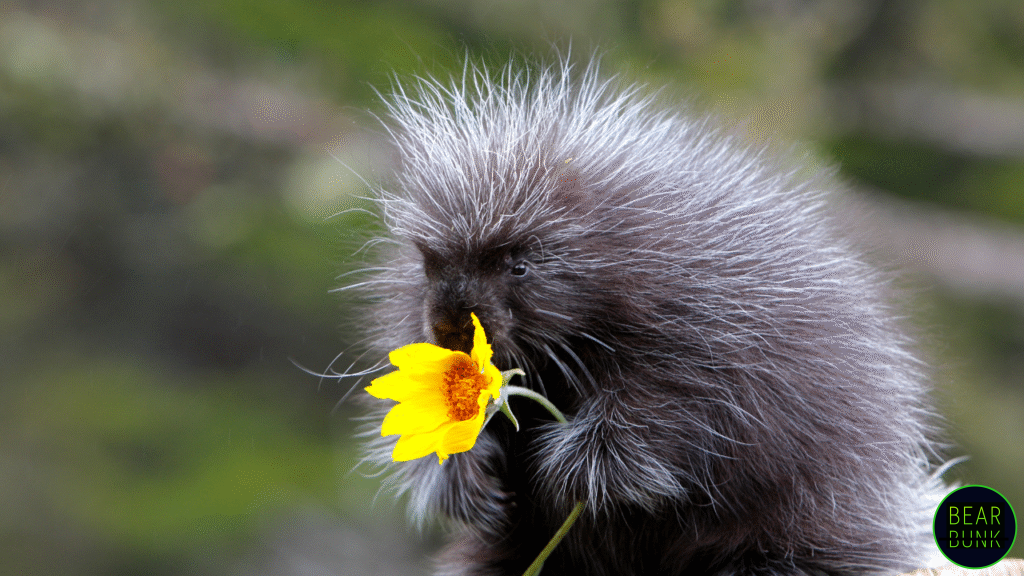
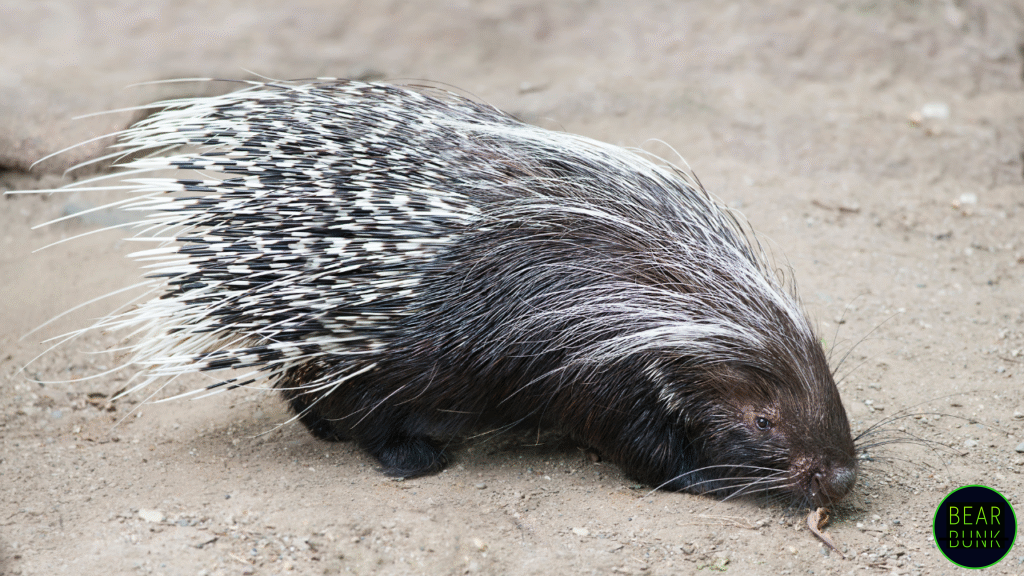
Habitat
Porcupines are incredibly adaptable. They can thrive in a variety of environments, including forests, deserts, grasslands, and rocky hillsides. All they really need is a safe place to hide and a steady source of food. In colder climates, they seek shelter in hollow trees, dens, or rocky crevices.
Diet
Porcupines are strict herbivores, and their favorite snacks include bark, leaves, twigs, fruits, berries, and even flowers. Some species develop a sweet tooth and go wild for apples or bananas! They are also famously obsessed with salt and may chew on boots, paddles, or other salty items left by campers.
Mating & Young
Despite their solitary nature, porcupines are caring parents. A baby porcupine is called a porcupette — and it’s just as adorable as it sounds. Most species have one baby at a time, and the pregnancy can last up to seven months — long for a rodent! Porcupettes are born with soft quills that harden within a few hours. They stay close to mom for several months, learning how to climb, forage, and stay safe.
Fun Facts About Porcupines
- Some porcupines have prehensile tails that help them climb trees.
- They can have up to 30,000 quills on their bodies.
- Their quills are not shot, but detach easily on contact.
- Despite their spiky look, they are strong swimmers, thanks to their hollow quills.
- Porcupines may chatter their teeth, grunt, or stomp when annoyed.
Why We Love Them
Porcupines are a perfect mix of cute, clever, and cautious. They help with forest regeneration by nibbling on certain trees and spreading seeds, and their unique adaptations make them a joy to learn about. We love their gentle nature, surprising intelligence, and of course, those sweet little porcupettes. Whether they’re waddling through the woods or hanging out in a tree, porcupines are truly one-of-a-kind.
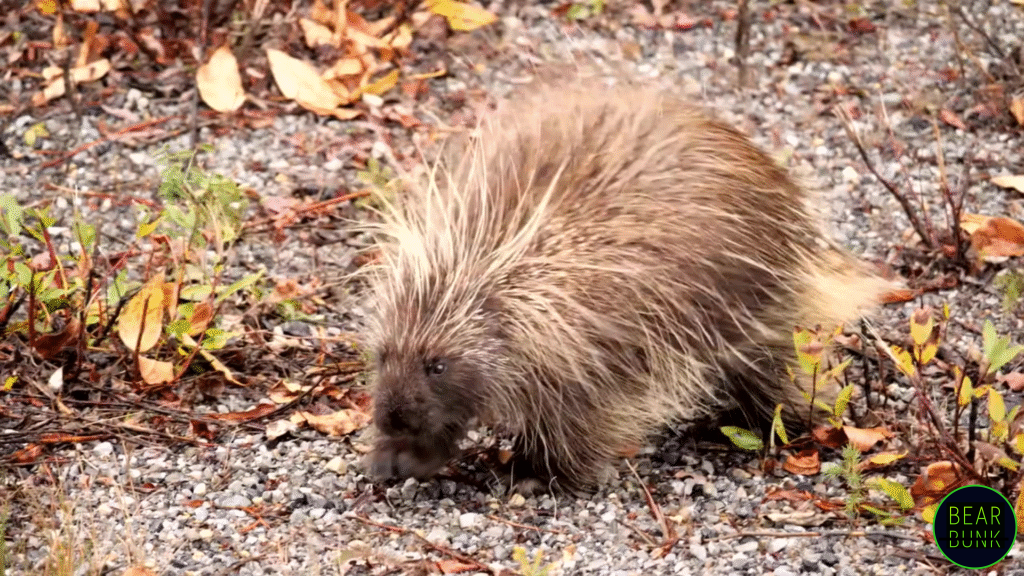
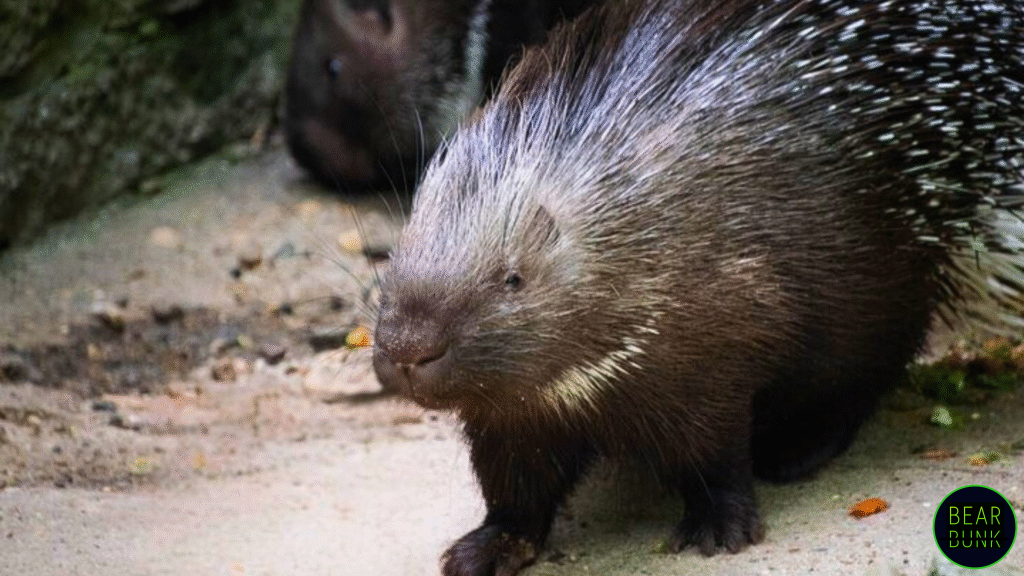
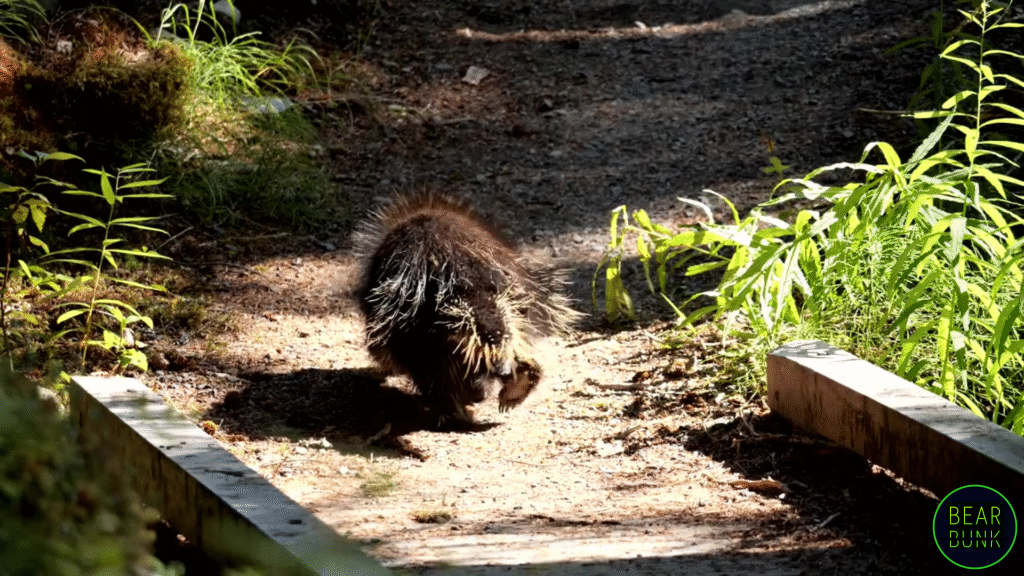
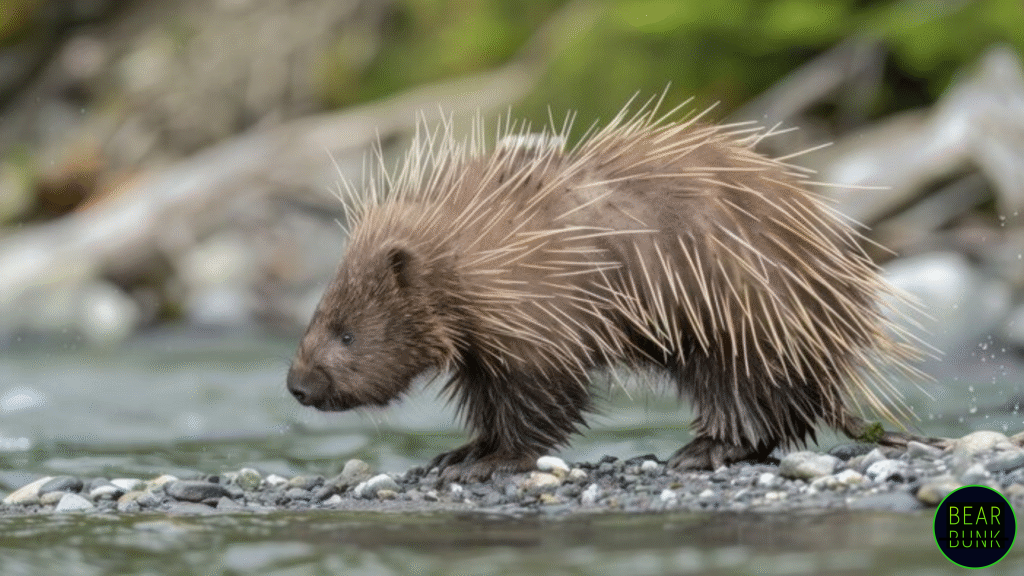
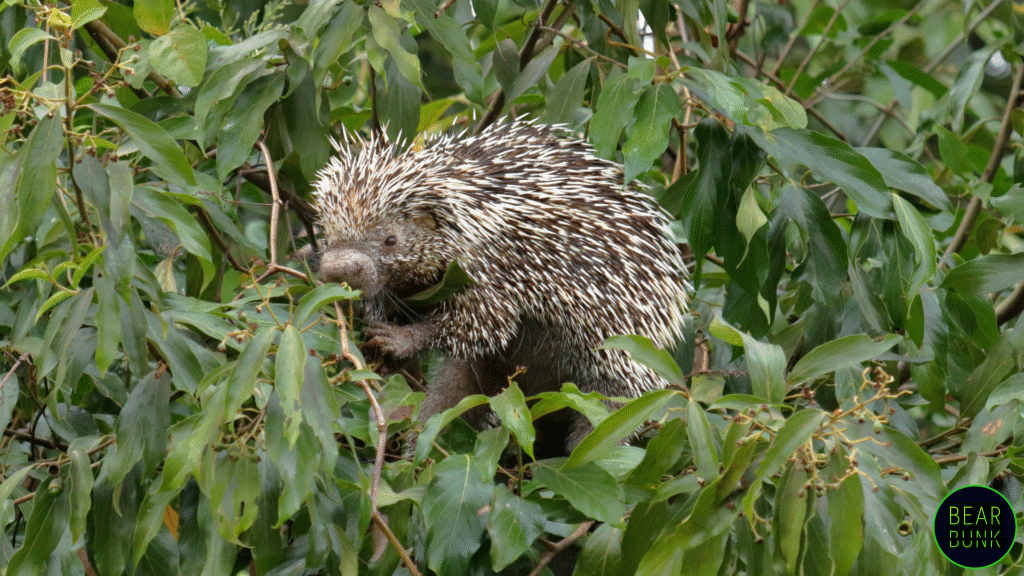
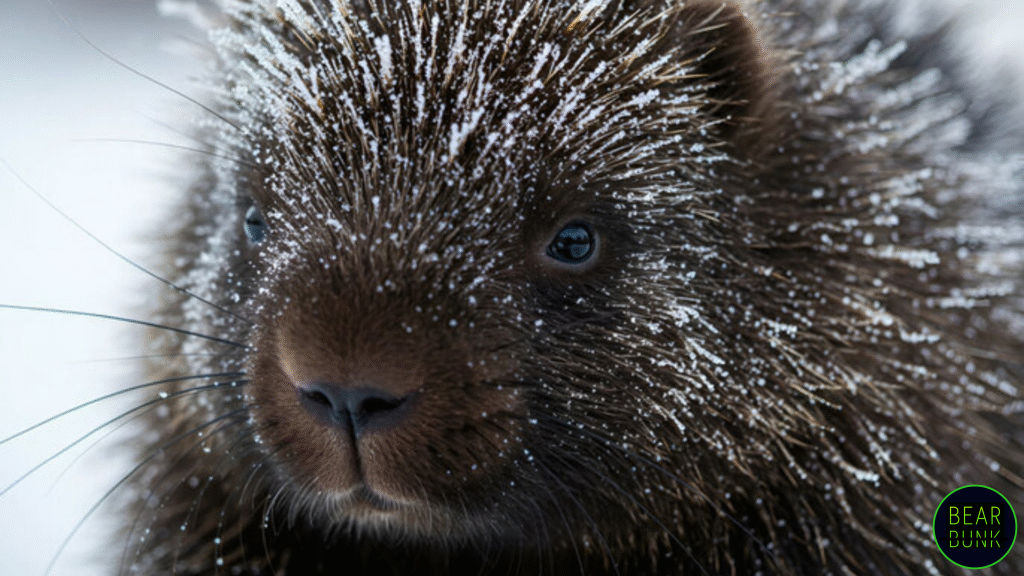
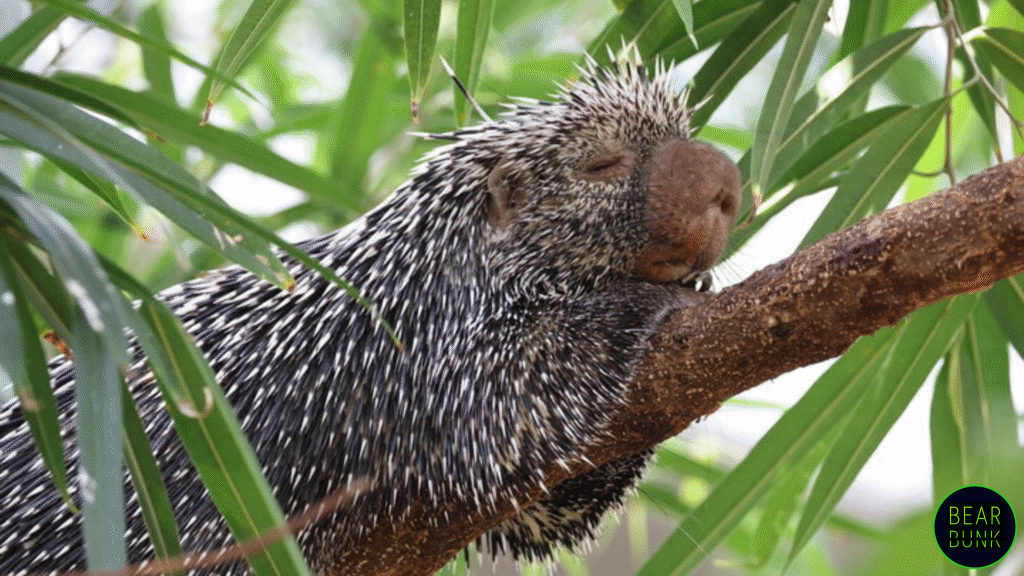
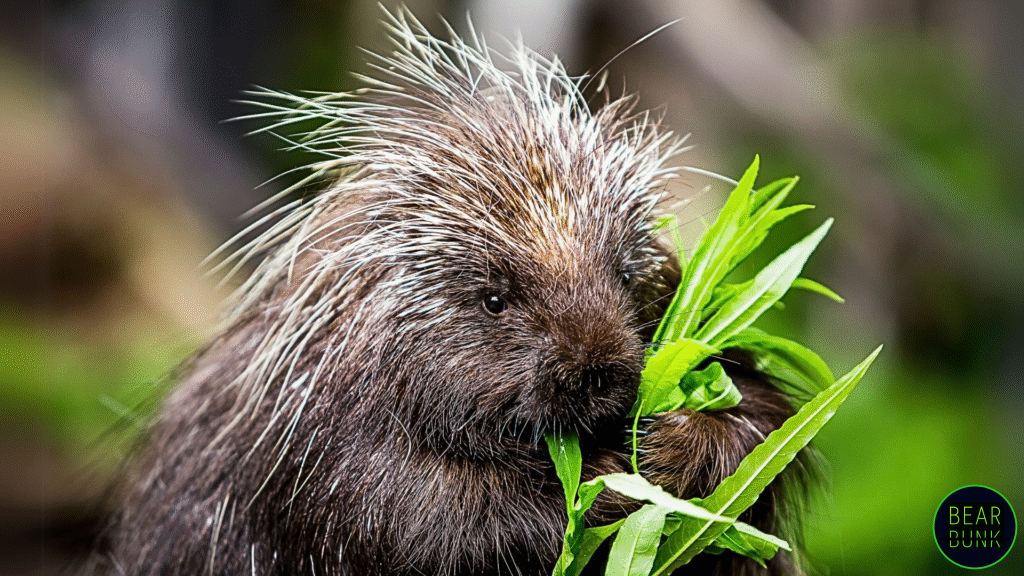
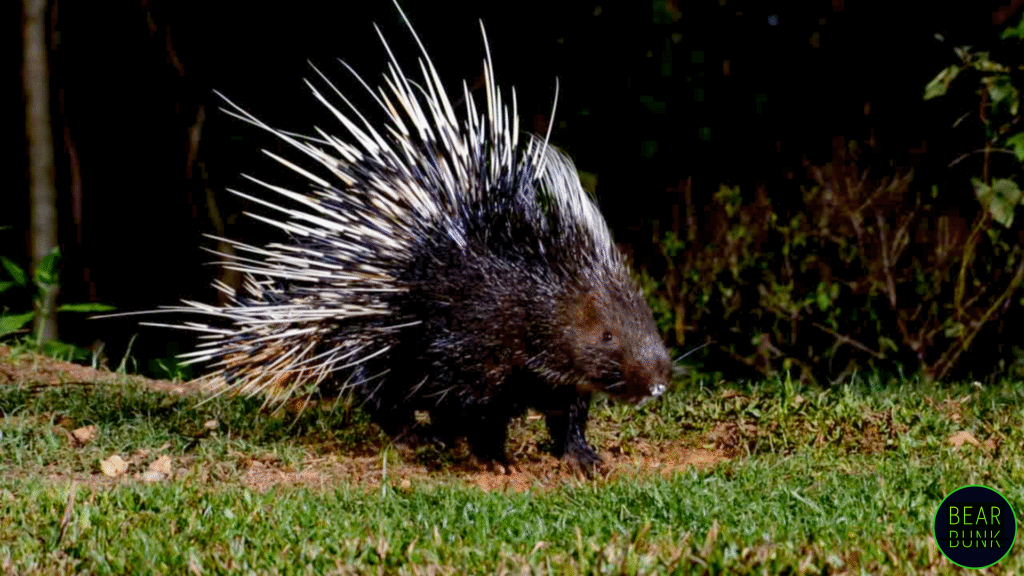
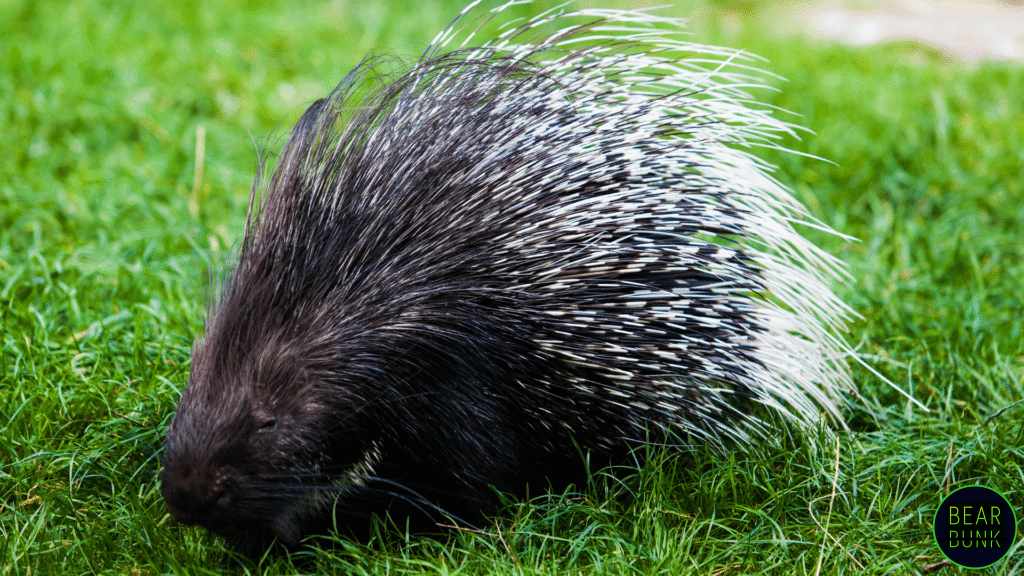
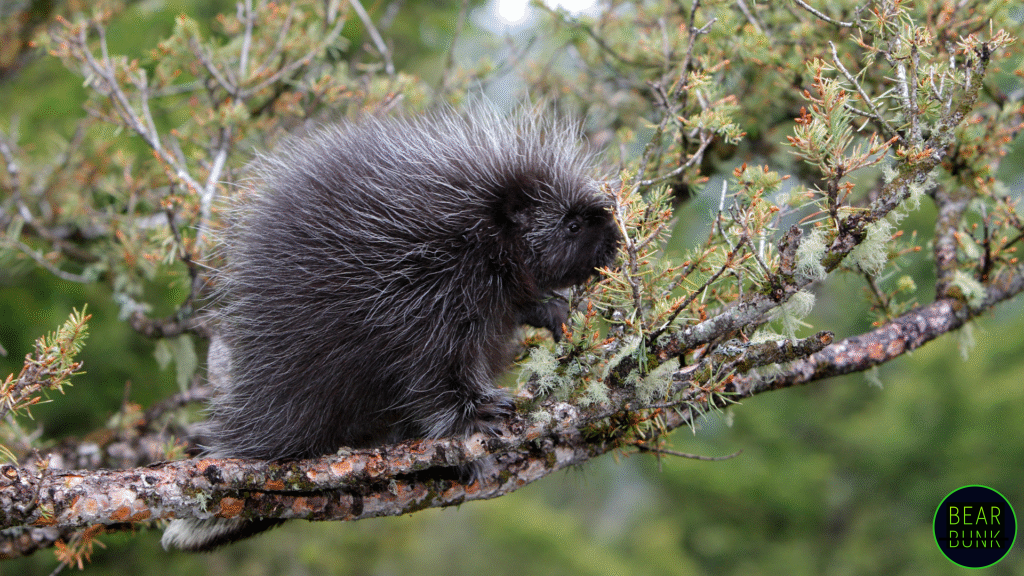
About Porcupines
Scientific Family: Erethizontidae (New World) / Hystricidae (Old World)
Number of Species: Approximately 30
Habitat: Forests, deserts, grasslands, rocky hillsides
Diet: Herbivores — bark, leaves, twigs, fruits, berries, flowers
Lifespan: 5–7 years in the wild; up to 15 years in care
Unique Traits: Quills, climbing skills, salt obsession, prehensile tails
Social Structure: Mostly solitary, but may den together in cold weather
Fun Fact: Their quills help them float!
Keep Exploring With Us!
Porcupines are just one of the many incredible creatures we feature here at BearBunk. If you enjoyed this peek into their world, be sure to check out our full video and subscribe for more wildlife wonders.
👉 Watch the video: Porcupines: Spiky, Smart & Surprisingly Sweet!
Until next time — stay curious, stay kind, and keep exploring.
View more about Rodents and Rabbits – BearBunk

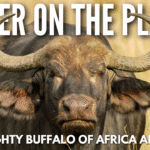




Leave a Reply